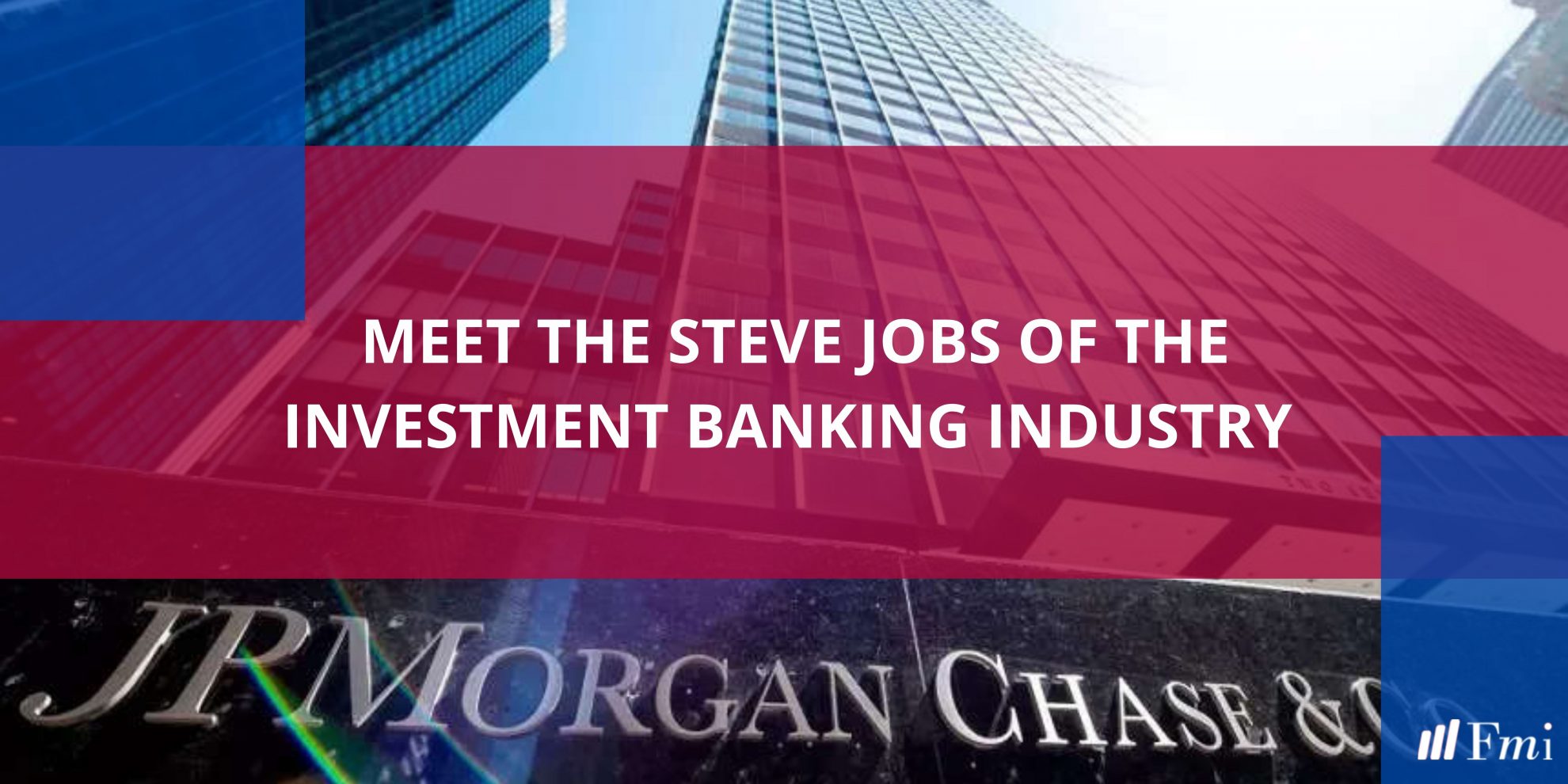If you’re entering the world of investment banking starry-eyed and with lofty dreams, JPMorgan most likely sits atop your list of places to work at. After all, its parent company
JPMorgan Chase & Co. is the world’s largest bank by assets valued at $3.76 trillion. It is also the largest investment bank in the world with 2020 revenues of over $142 million. Its investment banking revenues make up close to 10% of the market share.
The financial services giant operates across four major segments: Consumer & Community Banking; Corporate & Investment Banking; Commercial Banking; and Asset & Wealth Management. If you’re curious to learn how JPMorgan came to be the banking powerhouse that it is today, you can read a simplified summary of its founder here.
With a thriving and ever-expanding business, JPMorgan is constantly actively hiring around the world. They are always on the lookout for talented, driven, and passionate individuals to join their organisation and bring a slice of their personality to it. If that’s something you aspire to do, here are some ways you can land a job at JPMorgan:

1. Sharpen your financial knowledge
This is a truly non-negotiable aspect for getting hired at JPMorgan. The company is a titan in the financial services industry hence, an understanding of finance is key. It is, however, not mandatory to have a finance major or degree to be eligible for jobs at JPMorgan but the company expects that you have an interest and basic knowledge in the field.
This includes the ability to read and analyse financial reporting instruments, banking and finance terms, comb through a company’s financial health and needs, among other things. Further, acquire any technical skills that can aid your application. For example, R programming and Tableau are two data analysis tools that are widely used at JPMorgan.
Even if you have a degree in a field distinct from finance, you should be able to explain how your current degree sets you apart and prepares you for a career in finance. It could be that you are fantastic at negotiations or delivering presentations or communicating with your team. Use your skills to your advantage while brushing up thoroughly on financial concepts. You can use short-term cost-effective course options to do so such as this Investment Banking pathway by FMI. Do remember, you will be asked finance-related technical questions as well during the interview so it’s best to prepare for those in advance.
2. Craft an epic resume
You’re going to be in a pool of hundreds of thousands applying to JPMorgan every day. Why should anyone care? The first opportunity to make an impression is through a resume so don’t skimp on that. Your resume must stand out, hence, make sure it is well-written, proofread, contains metrics and the impact of your work, and don’t shy away from shedding light on your diverse interests and activities.
Also, many young applicants make the common mistake of using the same resume for all job applications. Show the company that you understand their requirements, and a great way to do so is to tailor your resume for the role you’re applying to. Assess what’s important to the role and amplify activities that show you have those skills. Also, highlight all leadership projects, no matter how big or small.
If you’re looking for guidance on crafting the best resume there is, you can refer to this Harvard University cheat sheet.
3. Ask questions
A common way to end interviews is the recruiter asking if you have any questions. As a young professional, you might be intimidated and choose to not ask any. Yet, that approach can backfire. Interviewers want to know how you think, how you behave in high-pressure situations, how curious you are and so on.
Use this opportunity at the end of the interview to seal it off with a final outstanding impression. Ask well-thought out questions. These can range from the company culture to networking events to the brand values. Even on the JPMorgan careers page, they urge all candidates to prepare and ask questions during interviews. They also share advice on this page for applying to jobs at JPMorgan. A remarkable way to figure out what questions you want to ask is to scroll through the company’s website, About Us, Team, Values pages etc. and take note of what stands out to you.
Conclusion
At the get-go, applying to a brand as renowned and top-notch as JPMorgan can seem daunting. But remember, it is an organisation open to evolving, hence, they want to meet and talk to candidates who are genuinely interested. Let your keenness and drive be visible when applying to and interviewing for these coveted roles. Once you have the adequate financial knowledge, a stellar resume, and an inquisitive and curious attitude, all you need to remember to land a role at JPMorgan is to breathe and remember to be yourself!


















